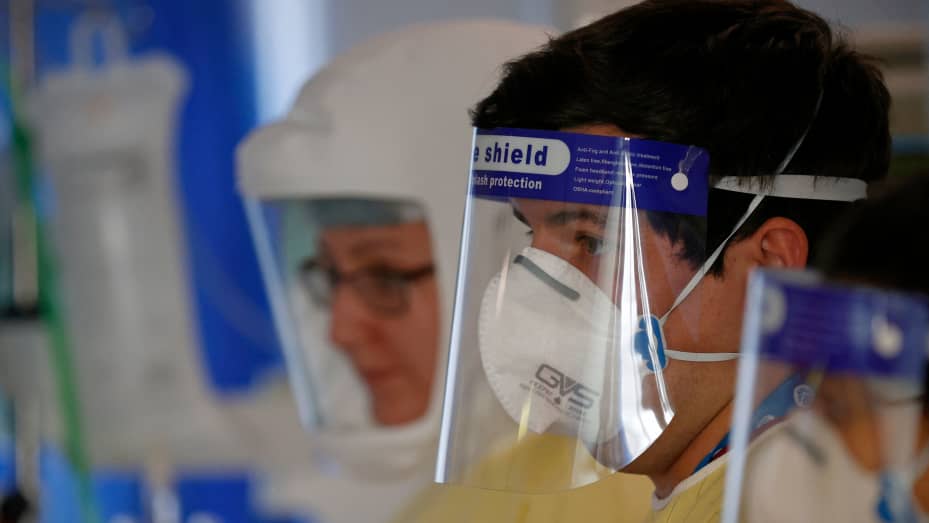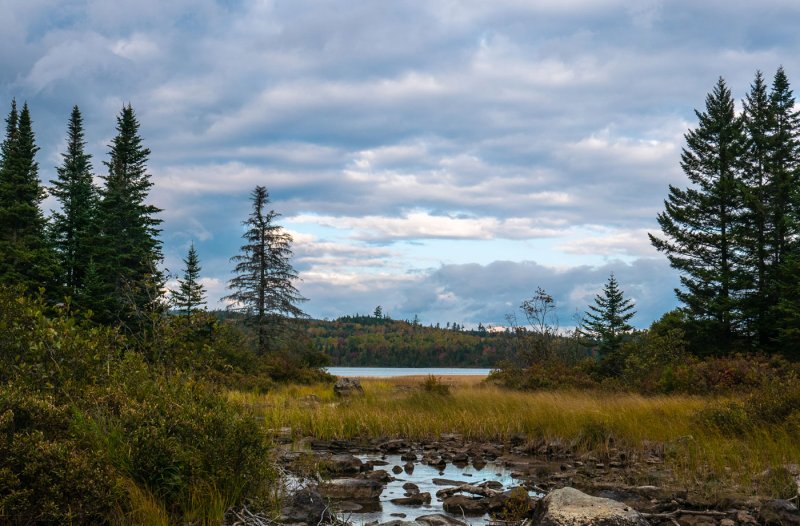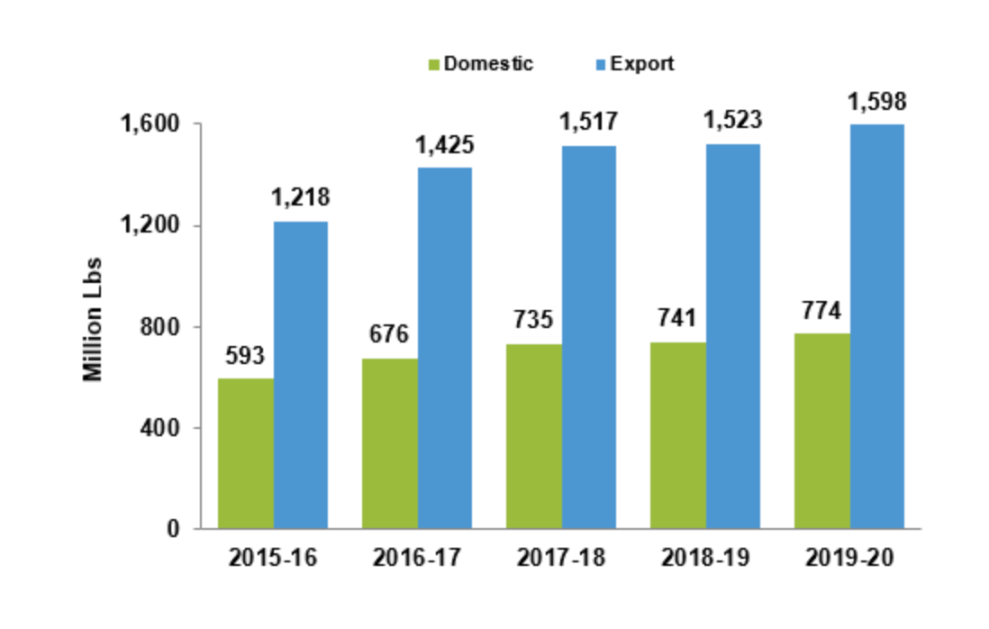AUSTRALIA
Has our hydrogen future arrived?
The plan for developing a green hydrogen industry has gone from mud-map to GPS in less than a week.

Credit: eyegelb / Getty Images
Hydrogen has been discussed as the fuel of the future in recent times, with state and federal governments aiming to see renewable hydrogen at a competitive price by 2030.
But some companies – most notably Fortescue Future Industries (FFI), an offshoot of mining giant Fortescue Metals Group – have more ambitious dates in mind. FFI aims to manufacture commercial hydrogen products in Queensland within 18 months, and FFI chair Andrew Forrest seems confident there will be a market for them.
Could renewable hydrogen become the fuel of now?
Associate Professor Adam Osseiran, an electrical engineer at Edith Cowan University and president of the Hydrogen Society, thinks FFI’s ambitious plans have meat to them.
“I think, if you put your money where your mouth is, you can do things in that timeframe,” he says. “I don’t think Fortescue is foreign to that.
“Actually, we have to. We have to do it as fast as possible, because the world is moving so fast. And we’re talking about energy here so you cannot miss this trend.”
Part of Osseiran’s confidence in FFI springs from a hydrogen truck the company recently built from scratch.
“They said that they’re going to develop a truck, powered by hydrogen, in a few months,” he says, “and they did it in 130 days.”
FFI’s plan is ambitious, but it reflects an overall acceleration in the hydrogen industry. The Hydrogen Council – an international organisation which advocates for hydrogen fuel – has consistently brought forward its estimated dates for hydrogen competitiveness in various sectors. A January 2020 report produced with consultancy McKinsey & Co stated that “the cost of hydrogen solutions will fall sharply within the next decade – and sooner than previously expected”.
Osseiran says this happens “every time we do a study”.
Dr Jessica Allen, a researcher in electrochemical engineering at the University of Newcastle, says that the investment from FFI and state governments is one of the things speeding the process up.
“In the past, no one believed that hydrogen was the way,” she says. “They thought it was going to be maybe a side-scheme, or there were other things that were going to be centre-stage.
“But green hydrogen is clearly of great importance, and people like Fortescue are driving that forward, and the government’s co-investment will attract more industries to invest.”
This acceleration has been seen in other technologies – like solar panels.
“[There’s] a cost associated with technology development […] The first prototype is really expensive and takes a long time to manufacture,” says Allen. But eventually “they just fly off shelves on their own accord”.
“That’s sort of what photovoltaics did,” she says. “It started off really expensive, and then as the uptake and investment increased the price dropped and they became a lot more cheaper and readily available. It seems like the same thing is happening for hydrogen technology.”
Osseiran says that intense industry investment, like FFI’s, is the key to accelerating.
“This is what we need. Politicians are not going to commit to something earlier than 2030. They say 2030 or 2050, but they’re hoping that the industry will make this happen [sooner].
“That’s how it should work.”
While the announcements this week are promising, there is still much to be done before hydrogen becomes competitive with other energy sources – particularly if it’s to be 100% renewable. Most commercial hydrogen is currently made from coal or natural gas, releasing CO2 in the process. Even if it’s made from water with electricity, the electricity doesn’t necessarily come from renewable sources.
While FFI has committed itself to entirely “green” hydrogen, exclusively from renewable sources, other players in the industry are less selective.
“We need to double, triple, multiply by 10, the green hydrogen production as soon as possible,” says Osseiran.
“This is where we cannot stop.”
Originally published by Cosmos as Has our hydrogen future arrived?
Has our hydrogen future arrived?
The plan for developing a green hydrogen industry has gone from mud-map to GPS in less than a week.
Credit: eyegelb / Getty Images
Hydrogen has been discussed as the fuel of the future in recent times, with state and federal governments aiming to see renewable hydrogen at a competitive price by 2030.
But some companies – most notably Fortescue Future Industries (FFI), an offshoot of mining giant Fortescue Metals Group – have more ambitious dates in mind. FFI aims to manufacture commercial hydrogen products in Queensland within 18 months, and FFI chair Andrew Forrest seems confident there will be a market for them.
Could renewable hydrogen become the fuel of now?
Associate Professor Adam Osseiran, an electrical engineer at Edith Cowan University and president of the Hydrogen Society, thinks FFI’s ambitious plans have meat to them.
“I think, if you put your money where your mouth is, you can do things in that timeframe,” he says. “I don’t think Fortescue is foreign to that.
“Actually, we have to. We have to do it as fast as possible, because the world is moving so fast. And we’re talking about energy here so you cannot miss this trend.”
Part of Osseiran’s confidence in FFI springs from a hydrogen truck the company recently built from scratch.
“They said that they’re going to develop a truck, powered by hydrogen, in a few months,” he says, “and they did it in 130 days.”
FFI’s plan is ambitious, but it reflects an overall acceleration in the hydrogen industry. The Hydrogen Council – an international organisation which advocates for hydrogen fuel – has consistently brought forward its estimated dates for hydrogen competitiveness in various sectors. A January 2020 report produced with consultancy McKinsey & Co stated that “the cost of hydrogen solutions will fall sharply within the next decade – and sooner than previously expected”.
Osseiran says this happens “every time we do a study”.
Dr Jessica Allen, a researcher in electrochemical engineering at the University of Newcastle, says that the investment from FFI and state governments is one of the things speeding the process up.
“In the past, no one believed that hydrogen was the way,” she says. “They thought it was going to be maybe a side-scheme, or there were other things that were going to be centre-stage.
“But green hydrogen is clearly of great importance, and people like Fortescue are driving that forward, and the government’s co-investment will attract more industries to invest.”
This acceleration has been seen in other technologies – like solar panels.
“[There’s] a cost associated with technology development […] The first prototype is really expensive and takes a long time to manufacture,” says Allen. But eventually “they just fly off shelves on their own accord”.
“That’s sort of what photovoltaics did,” she says. “It started off really expensive, and then as the uptake and investment increased the price dropped and they became a lot more cheaper and readily available. It seems like the same thing is happening for hydrogen technology.”
Osseiran says that intense industry investment, like FFI’s, is the key to accelerating.
“This is what we need. Politicians are not going to commit to something earlier than 2030. They say 2030 or 2050, but they’re hoping that the industry will make this happen [sooner].
“That’s how it should work.”
While the announcements this week are promising, there is still much to be done before hydrogen becomes competitive with other energy sources – particularly if it’s to be 100% renewable. Most commercial hydrogen is currently made from coal or natural gas, releasing CO2 in the process. Even if it’s made from water with electricity, the electricity doesn’t necessarily come from renewable sources.
While FFI has committed itself to entirely “green” hydrogen, exclusively from renewable sources, other players in the industry are less selective.
“We need to double, triple, multiply by 10, the green hydrogen production as soon as possible,” says Osseiran.
“This is where we cannot stop.”
Originally published by Cosmos as Has our hydrogen future arrived?
MORE ON:
HYDROGEN
Path to zero emissions: the future of transport
Turning the tide on wave energy
The Hydrogen solution
Electrici-wee? Getting energy from wastewater
CSIRO’s renewable hydrogen initiative
HYDROGEN
Path to zero emissions: the future of transport
Turning the tide on wave energy
The Hydrogen solution
Electrici-wee? Getting energy from wastewater
CSIRO’s renewable hydrogen initiative















